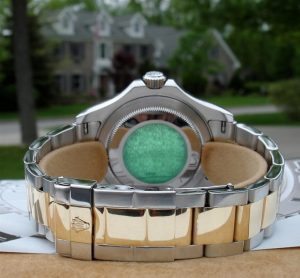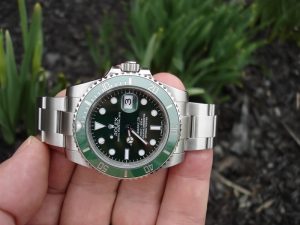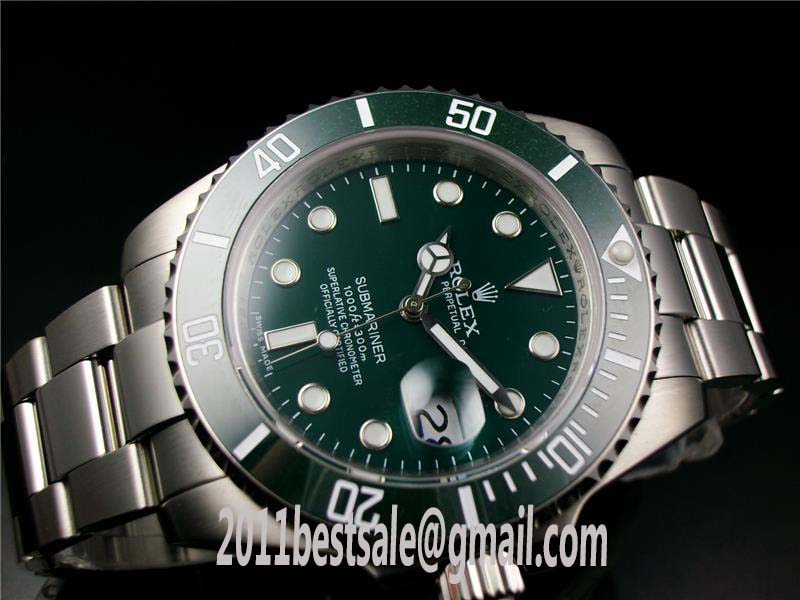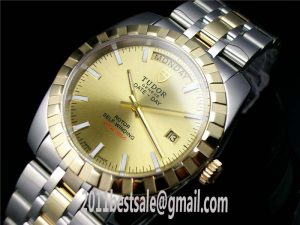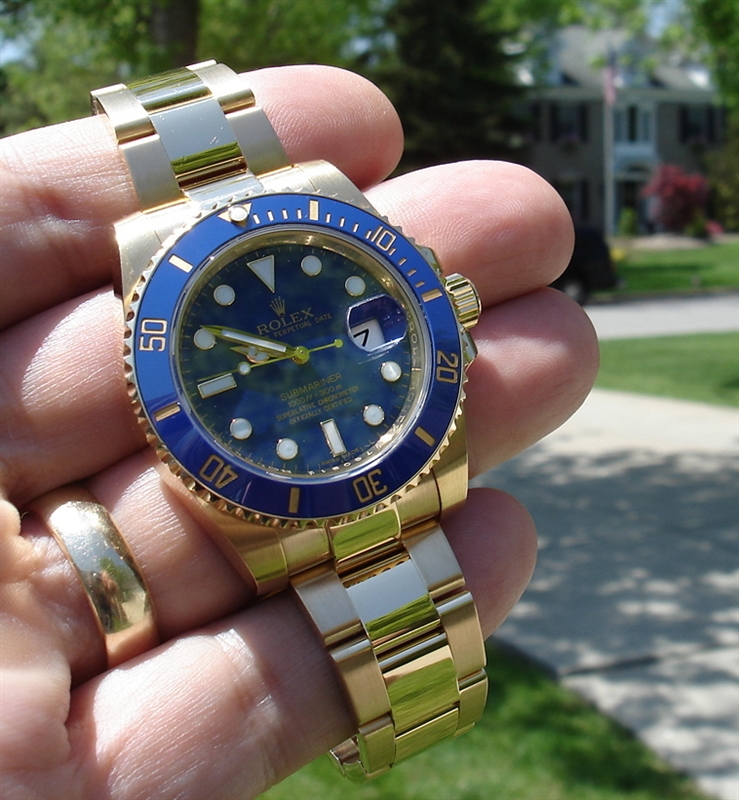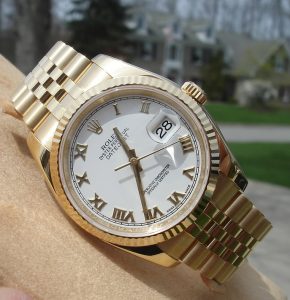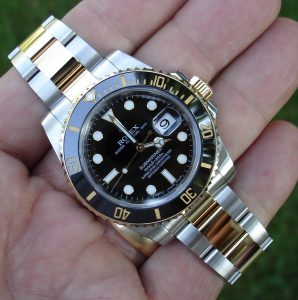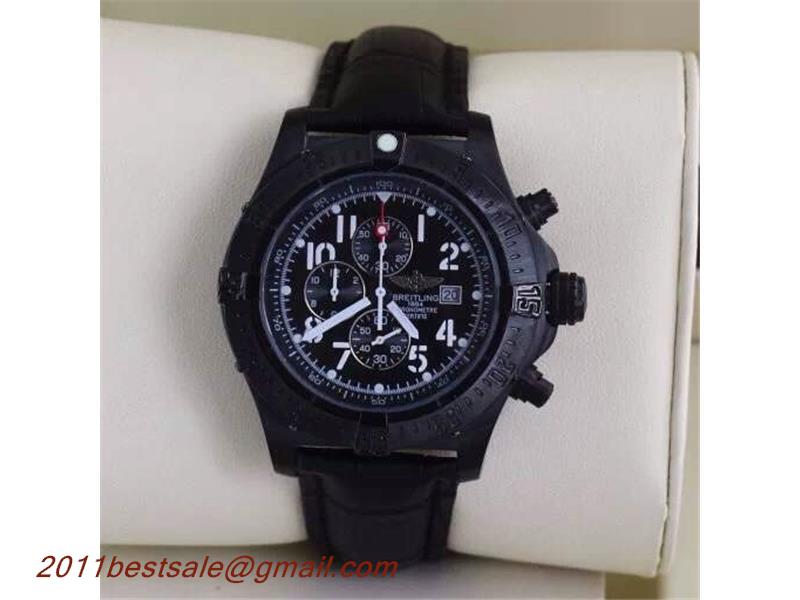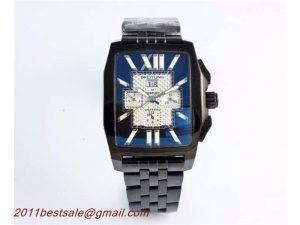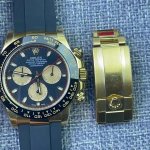Top Quality Replica Rolex Daytona in Black and Gold
We have a replica watch that brings an extra element to our theme, matching an unblemished black dial, complete with gold-fringed stopwatch readouts, with a steel and yellow gold Rolesor case. The 18k gold engraved tachymeter bezel gives it an unapologetically extravagant air, while the contrasting stainless steel adds the required amount of machismo. 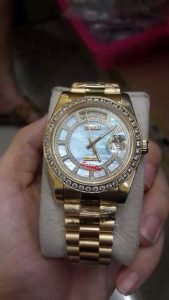
The fake Rolex Daytona has always been the ideal blend of good appearance and faultless functionality from the first generation to be graced with the Rolex’s own in-house chronograph movement. It’s a watch that opens doors no matter if it is on the track or in the office
The hottest property in the horology world, the Daytona is building an ever-expanding female fan base. Celebrities such as actress Charlize Theron, fashion designer Victoria Beckham, and socialite Paris Hilton have all been spotted rocking the watch, an oversize accessory that makes a big statement.
Hear the name GMT-Master and your mind immediately shifts to one of the signature color schemes that made the aviator’s fake watch so rightly popular. But away from all the two-tone Pepsi, Coke, and Batman bezels of the world, the seventies saw Rolex release an all-black version with a Rolesor case, a different type of bi-color arrangement with a sleeker, more high-end look.
The replica watch had one of the longest production runs of any of Rolex’s sports models. Originally launched in 1959, it was finally discontinued in 1980. Our variation, one of several during the 21-year lifespan, is classified the 1675/3. 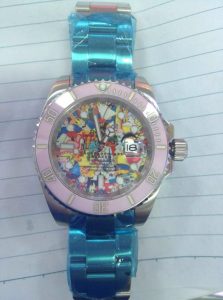
Along with the novel bezel with its golden numerals, it was also distinguished by its cone-shaped hour markers, bla leading to its lack face being dubbed the ‘nipple’ dial. Equipped with gold hands, the large arrow topping the GMT indicator is correct for the period, as is the Jubilee bracelet it sits on. Only available with an Oyster originally, Rolex started offering a choice of the band in 1968, and the intricacies of the Jubilee, with its three 14k gold center links, echoes the luxurious nature of the rest of the piece.
While its original USP may be absent, the two-color bezels being used by travelers and pilots to differentiate between night and day as they crossed time zones, the essence of what made the Rolex GMT-Master one of the most popular series in the replica Rolex canon is still very much alive and kicking.
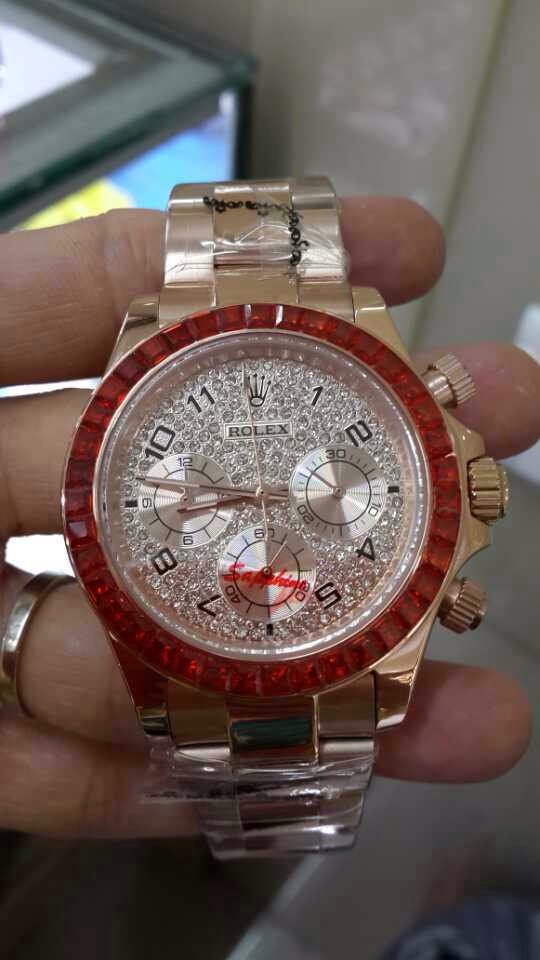
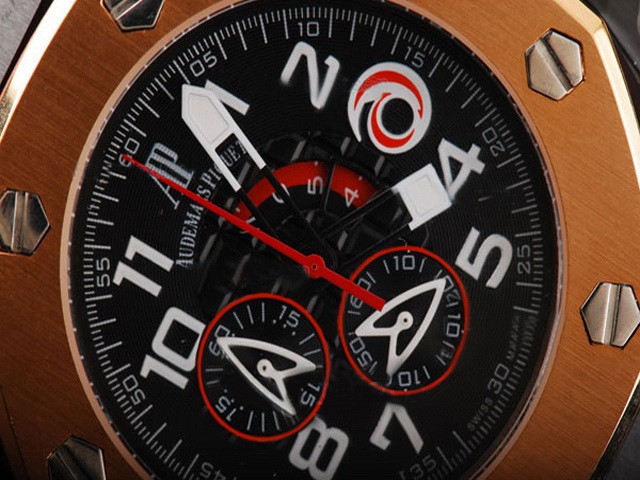
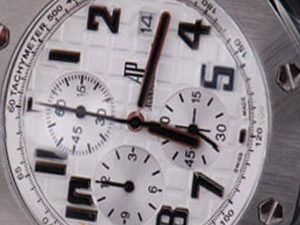
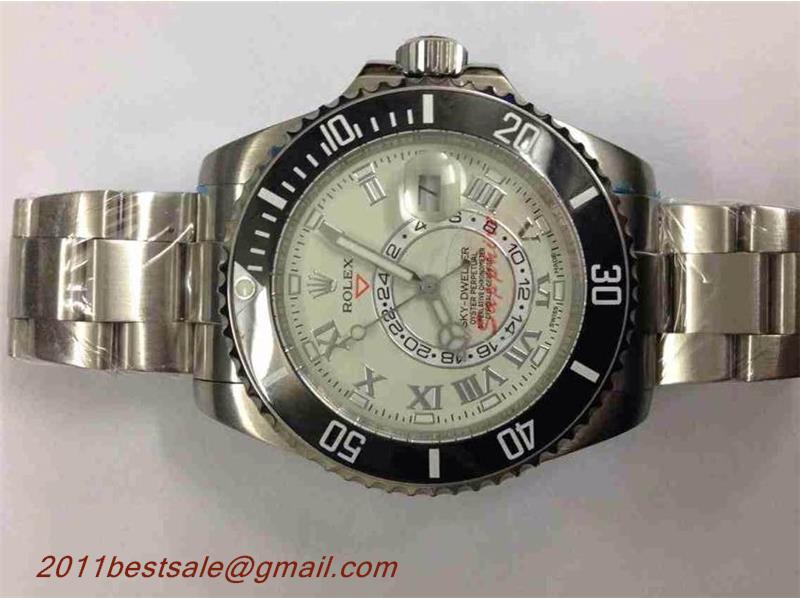
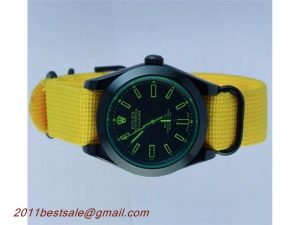
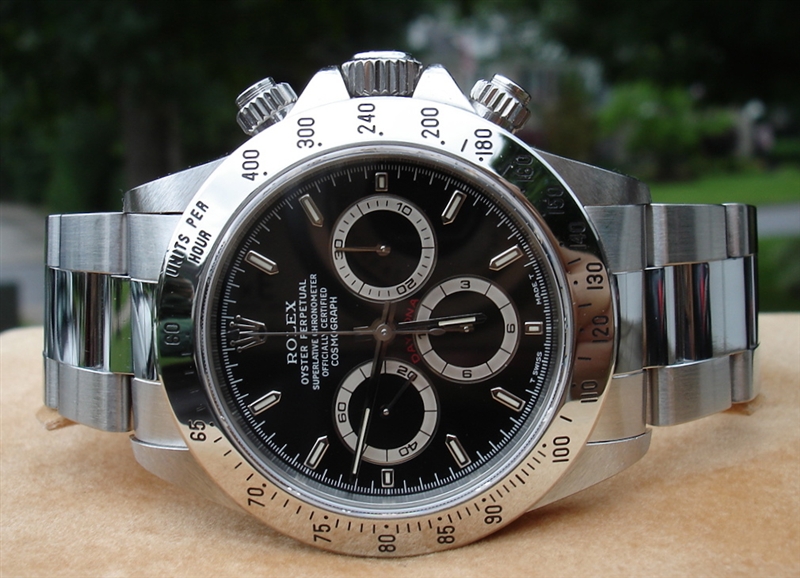
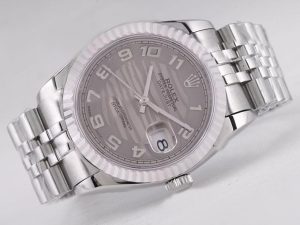
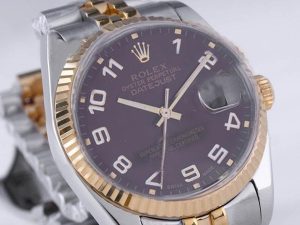
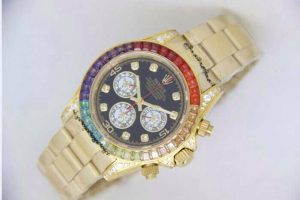
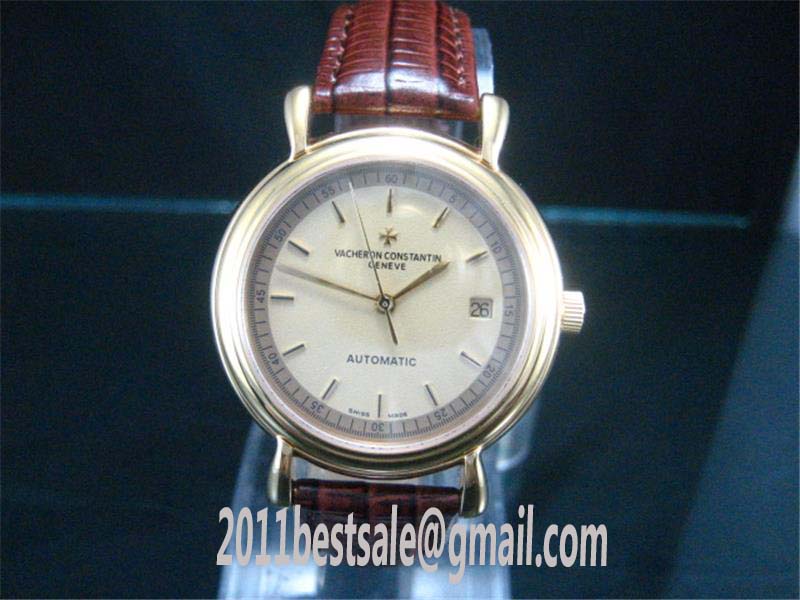
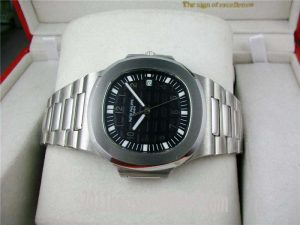
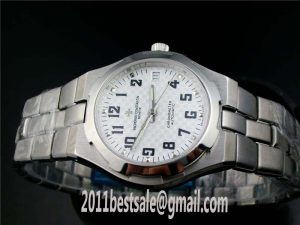
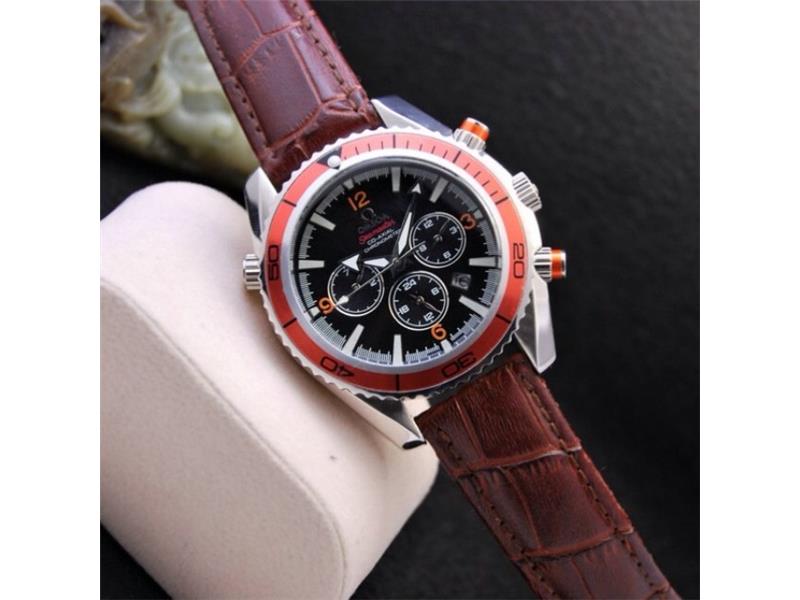
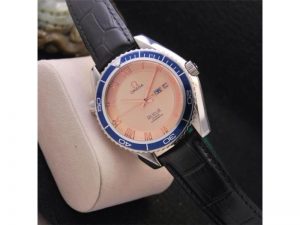
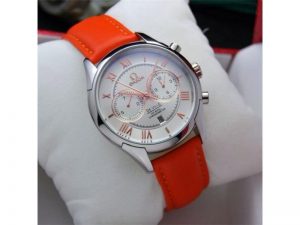
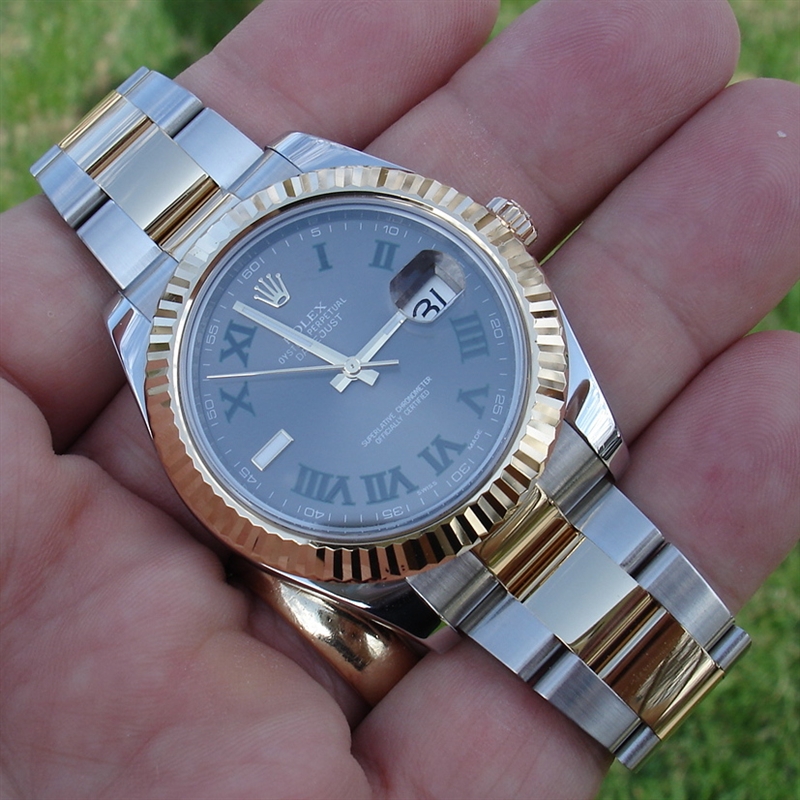
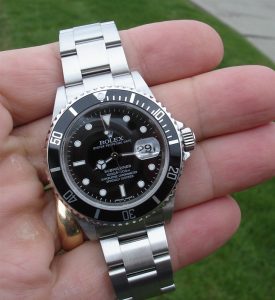 oes into every piece and cast suspicion on the fake Rolex’s own claim that each watch is handmade.
oes into every piece and cast suspicion on the fake Rolex’s own claim that each watch is handmade.